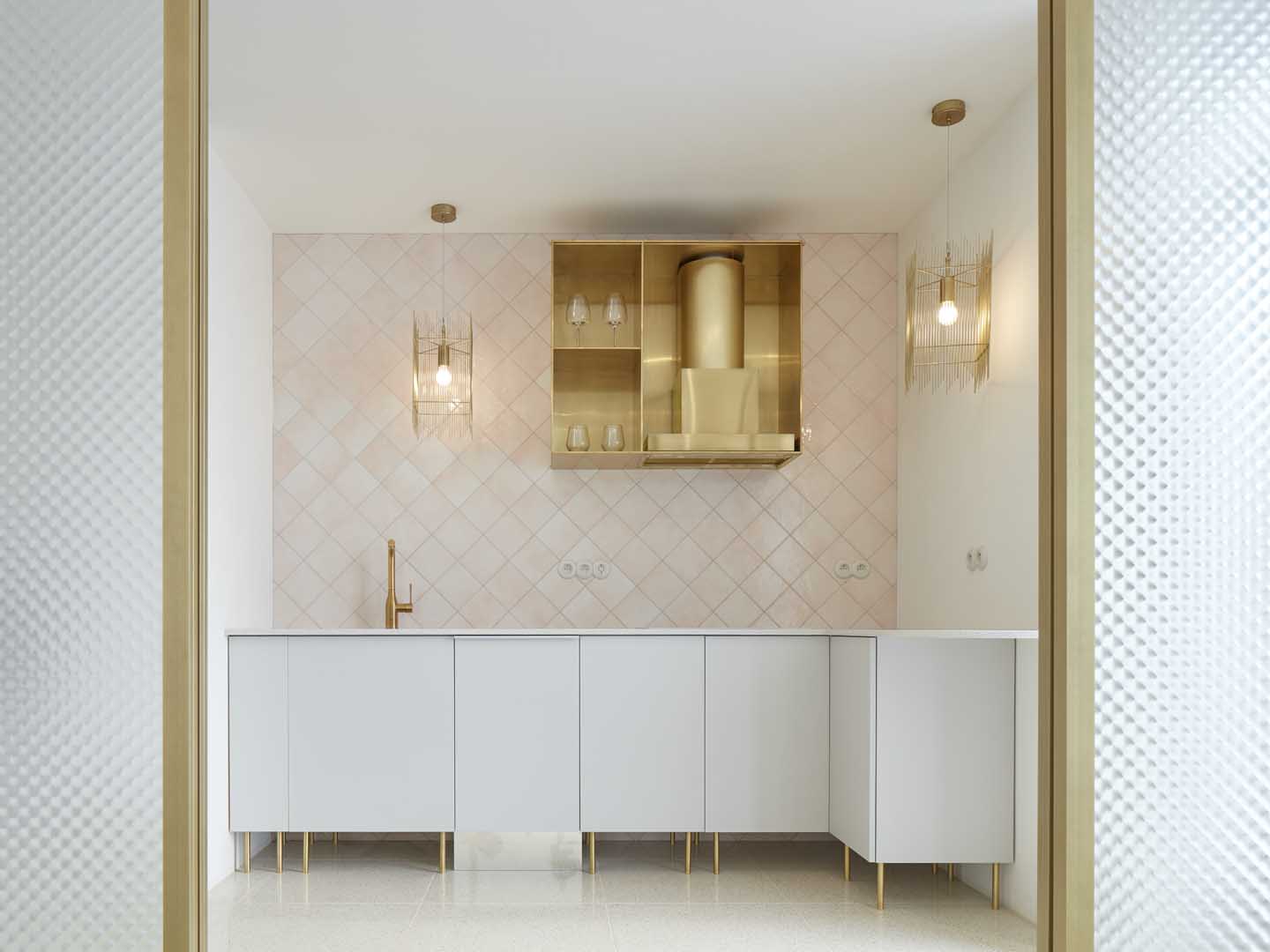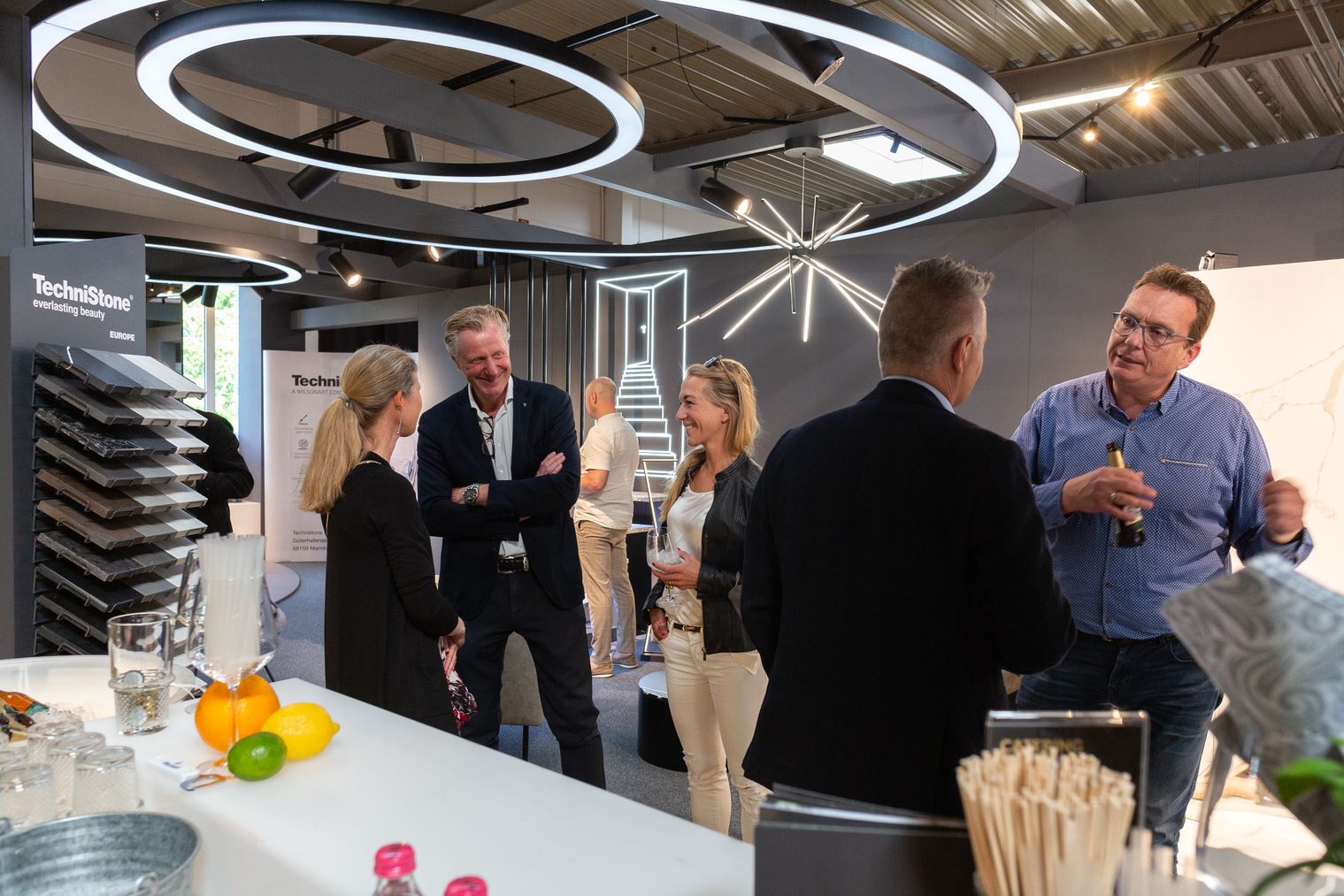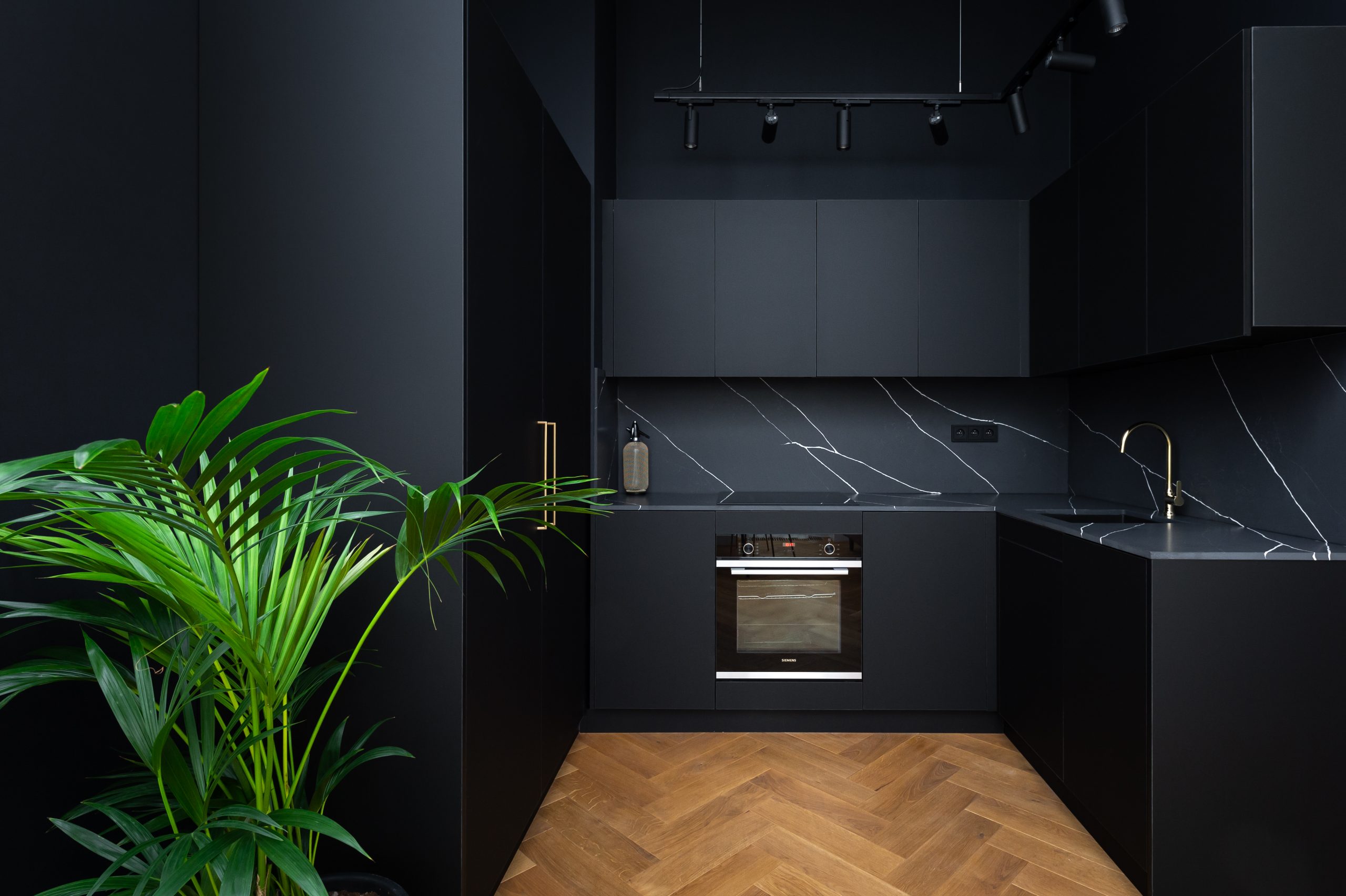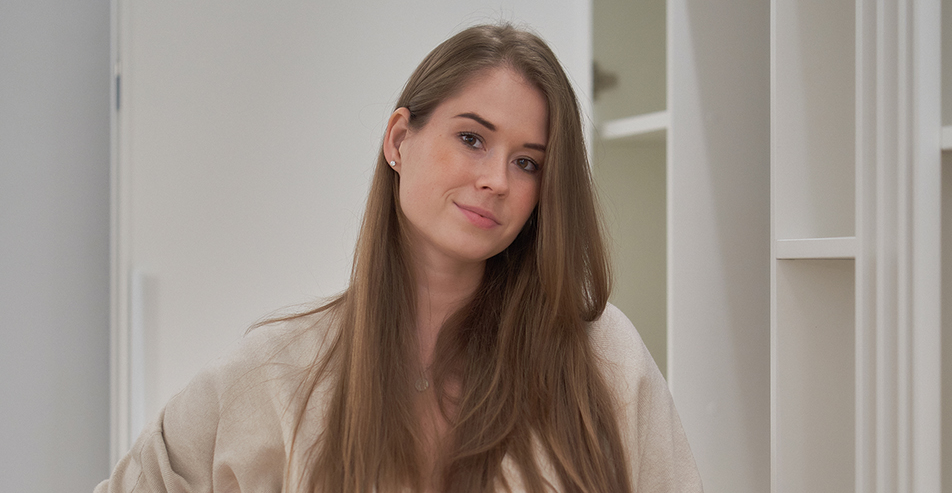
In the world, vegan design is in. Do you know it?
Design Stone / Trends
Regarding vegans in the Czech Republic it’s a big deal. There are groups fighting for animal rights so strong and passionately that after a short debate with them, you may even become vegan yourself. On the other hand, there are those groups of people who love the traditional hunting of Czech wildlife, and they have their trophies at home. Surely you’ve all seen them, a stuffed duck on the wall, or carpets in front of the fireplace that remind you of its fur a wild boar. In residential magazines, we often find information about how zebra skin fits into fashionable housing trends. Fortunately, the biggest trend of recent years has become “common sense”. The beauty is in simplicity. In the forefront, we get the idea of who and how produces the things we buy, and we often ask ourselves what the things are. Vegan design makes sense. So what is it?
A vegan product or product without cruelty, normally requires no animal to be destroyed or testing. In the design world, Vegan designers offers products, materials, and substances that do not cause, harm, doesn’t torture or use any living beings. Vegan design simply recognizes that all living beings have emotions and feelings and should not be used to imagine luxury life. Vegan alternatives in the flat or house can also be healthier. Vegan fabrics and products are finer, cleaner and healthier overall for newborns, children and adults. Those are just products that are gentle to our planet and will last for many years. So forget about the seats or chairs made of genuine leather, sheep wool, duck or goose feathers or silk.
But you don‘t need to feel sorry. Design is a playful and skillful creator that is able to deal with everything. There are many alternatives. From mattresses to eco-friendly wall paintings. For example, a pineapple leaf, which over time replaces the animal’s skin. From these leaves, a material called Pinatex is obtained. You can replace feathers with hollow fiber caps. Banana silk you do not recogniye from the real one! Then we have all-powerful hemp, bamboo and lyocell, which is a viscose of wood and recycled textiles.
You can shop here in the vegan shop : https://vegandesign.org/featured/
And if this trend continues to shake your head or vice versa it catches you, take a course in Vegan design online! Yes, try it! https://vegandesign.org/online-course/ For example, you’ll find out which materials are sustainable, vegan and without cruelty. You will learn how to include such a design in your home or learn more about how vegan design helps people with allergies.
The more customers will be demanding products that are not of animal origin, the more manufacturers will be forced to deal with this problem and the massively widespread cruel approach to animals will gradually be mitigated. In stores, be sure to look at the product tags. Some manufacturers already have the various certificates that they provide. At least it should be that the manufacturer guarantees that the animals did not suffer during the breeding, lived its natural life and was not exposed to stress.
Photos are from web page: vegandesign.org











